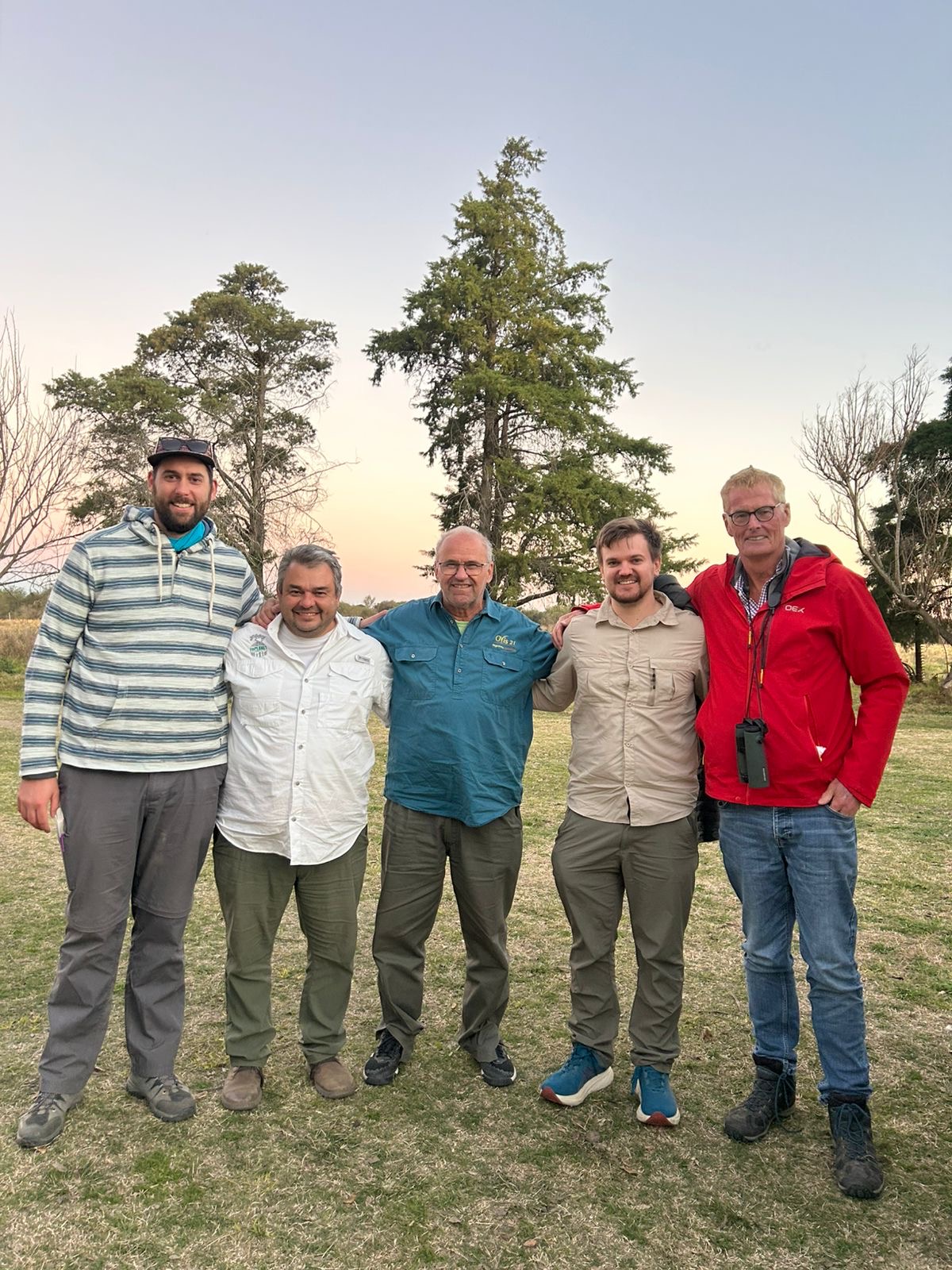10 August 2025 by Dr Tim Coles
Some of the rePLANET team are currently in the Gran Chaco in Argentina which is the second largest forest in South America – however, its size has been massively reduced due to farm encroachment. In the wetter western side it is mainly arable so damaged beyond repair but in the dry eastern side it is too risky for farming because of the low rainfall and slow growing conditions.
However, in the middle (600 – 800mm annual rainfall) section much of it has been deforested and converted to cattle pasture (about 4 million hectares!). By removing all the trees, the cattle must endure 48 Celsius temperatures with no shade plus every 2 – 3 years the farmers have to use large cutting machines to remove all the trees that are growing back.
Therefore, we are developing a project in Gran Chaco with Ruuts that will restore the cattle pastures to a forest that allows shade tolerant grass to grow between the trees but suppresses the Acacia bushes which make the forest impenetrable for cattle.
Grass production in tree-shaded areas is significantly better than in the exposed open pastures – this is because shade prevents the grasses getting scorched in extreme heats experienced in the region. Therefore, our approach could restore the Gran Chaco forest habitat (which is open forest and savannah) while enabling those areas to still be used as productive grazing sites. This will retain farm food productivity and likely improve cattle quality while restoring the habitat as close as possible to original Chaco conditions.
Pictured below, the rePLANET team with Pablo Borelli from Ruuts – Pablo is the leading soil carbon expert in Central and South America:
